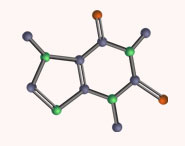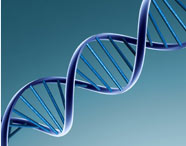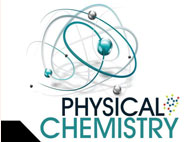


 علم الكيمياء
علم الكيمياء 
 الكيمياء التحليلية
الكيمياء التحليلية 
 الكيمياء الحياتية
الكيمياء الحياتية 
 الكيمياء العضوية
الكيمياء العضوية 
 الكيمياء الفيزيائية
الكيمياء الفيزيائية
 الكيمياء اللاعضوية
الكيمياء اللاعضوية 
 مواضيع اخرى في الكيمياء
مواضيع اخرى في الكيمياء
 الكيمياء الصناعية
الكيمياء الصناعية |
Read More
Date: 21-11-2019
Date: 19-10-2020
Date: 12-7-2018
|
Although most reactions of diazonium salts involve loss of nitrogen, there are some useful reactions where the nitrogen is retained. The most important of these is where the diazonium salt acts as an electrophile in an electrophilic aromatic substitution (EAS), forming an “azo compound”. The reaction only occurs where the aromatic nucleophile is highly activated, and the azo group is attached at the most activated position(s) – usually ortho or para to a hydroxy or amino group. The resultant azo compounds are brightly colored and used very widely used as dyes, since they provide a conjugated system involving both aromatic rings. Some common azo dyes are shown in the table,
| Methyl Red | Azobenzene | Evans’ Blue | Para Red |
 |
The EAS mechanism is shown here, in this synthesis of the dye Methyl Red from 2-aminobenzoic acid and N,N-dimethylaniline:

In another example, Para Red is synthesized from 2-naphthol and 4-nitrobenzenediazonium hydrogen sulfate:




|
|
|
|
مقاومة الأنسولين.. أعراض خفية ومضاعفات خطيرة
|
|
|
|
|
|
|
أمل جديد في علاج ألزهايمر.. اكتشاف إنزيم جديد يساهم في التدهور المعرفي ؟
|
|
|
|
|
|
|
العتبة العباسية المقدسة تنظّم دورةً حول آليّات الذكاء الاصطناعي لملاكاتها
|
|
|